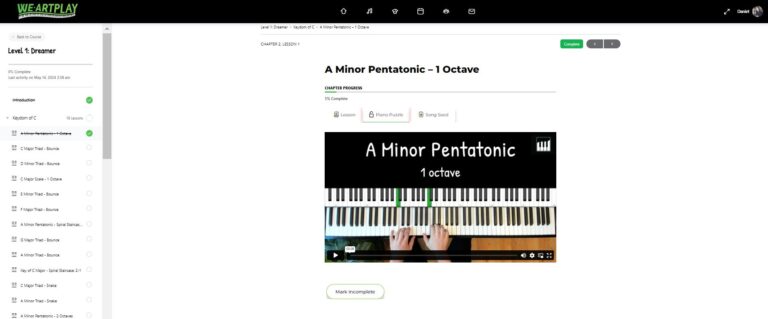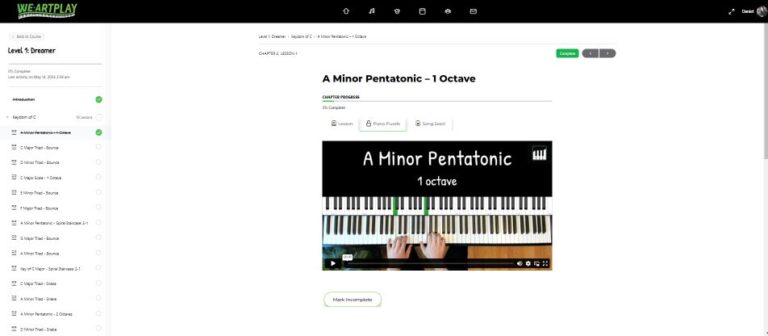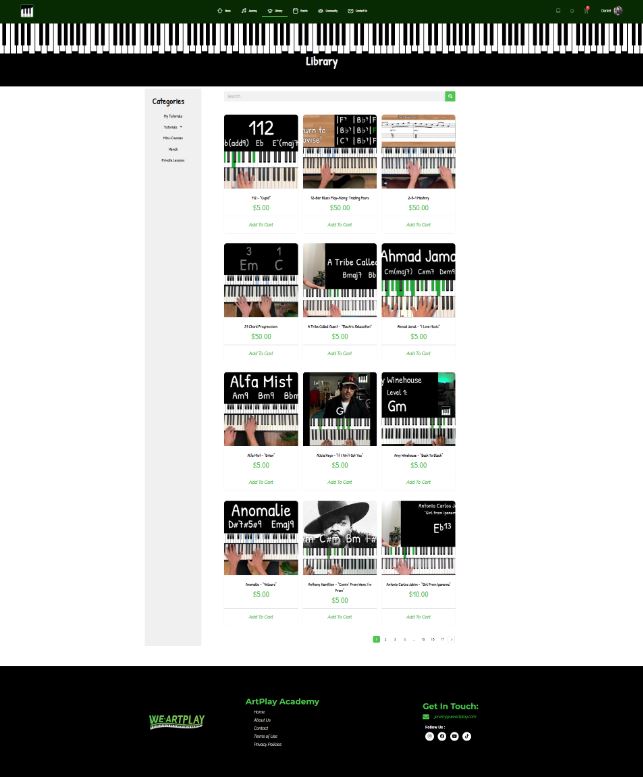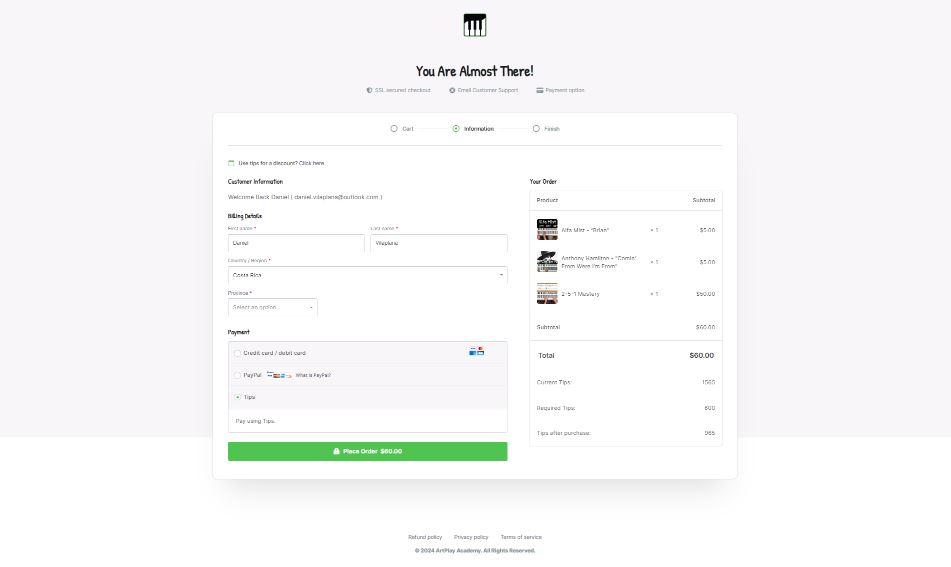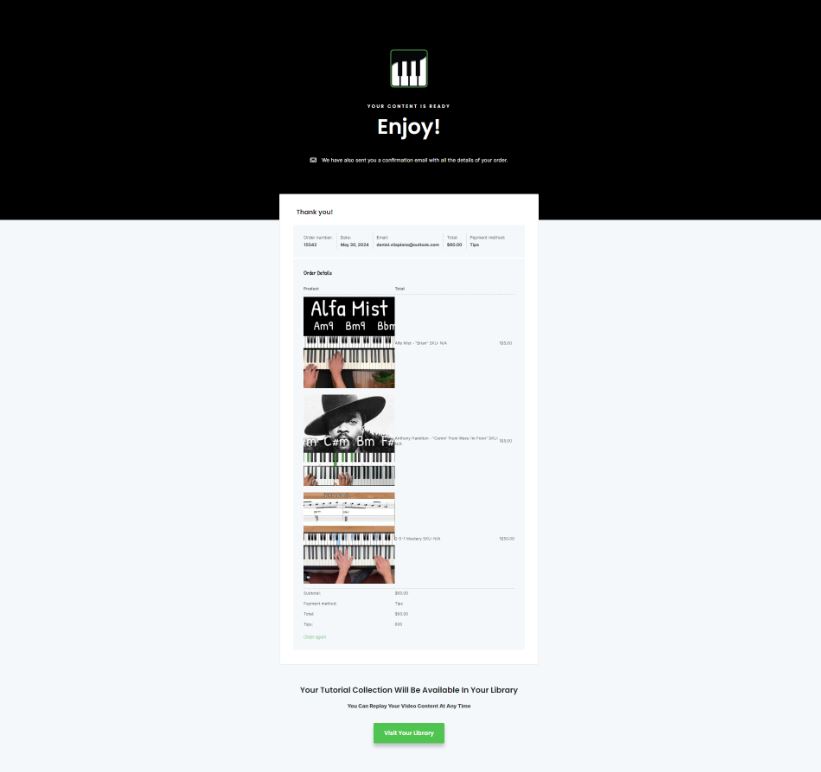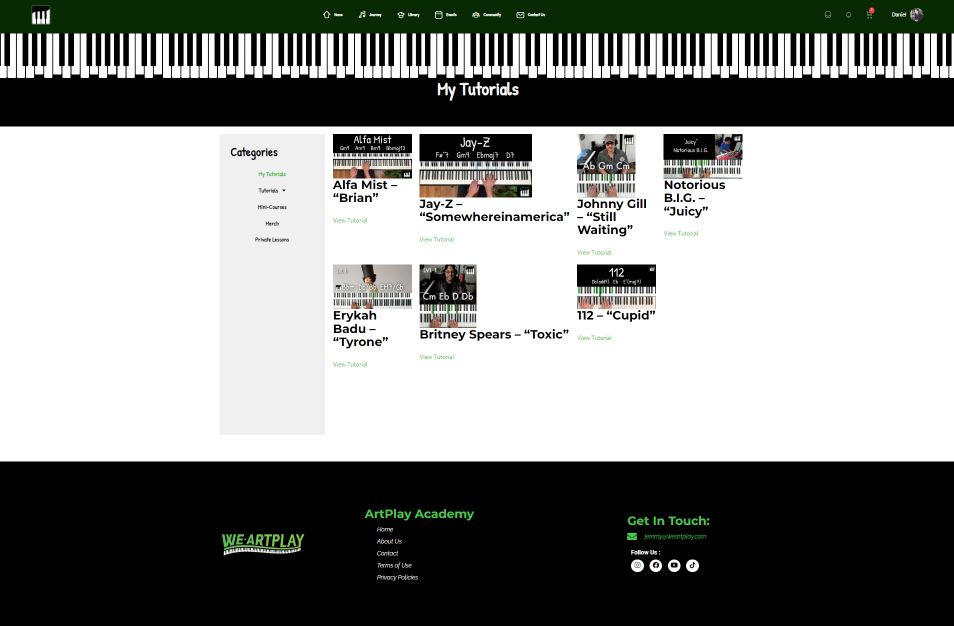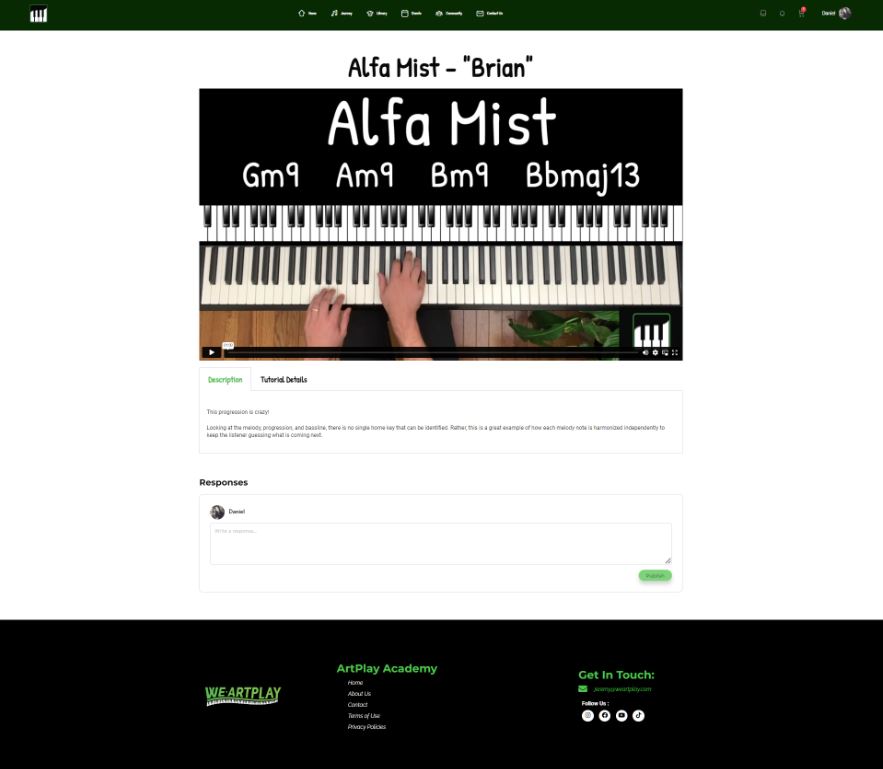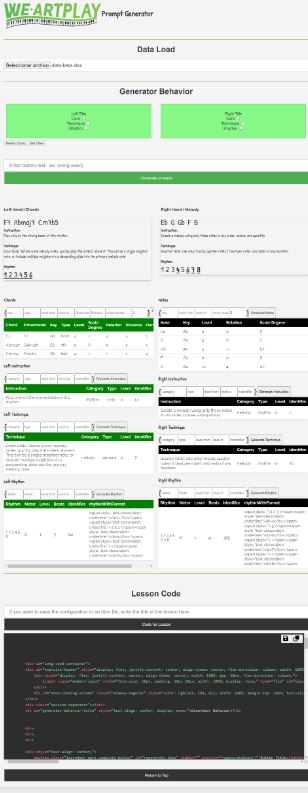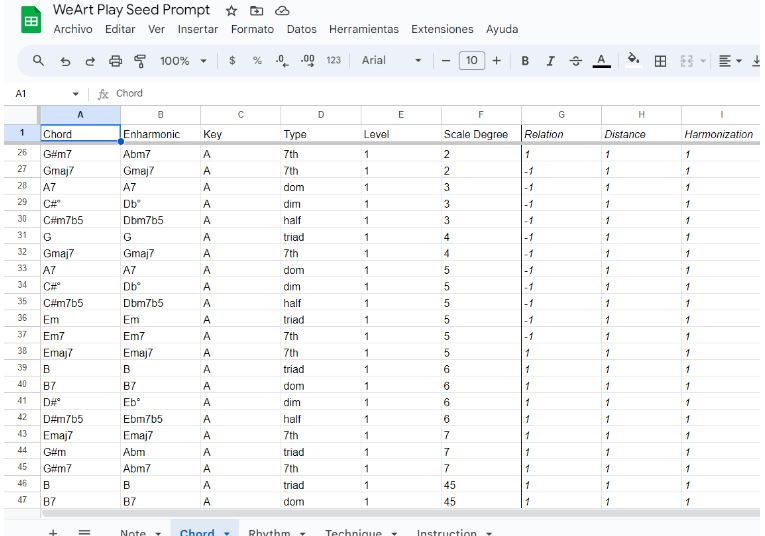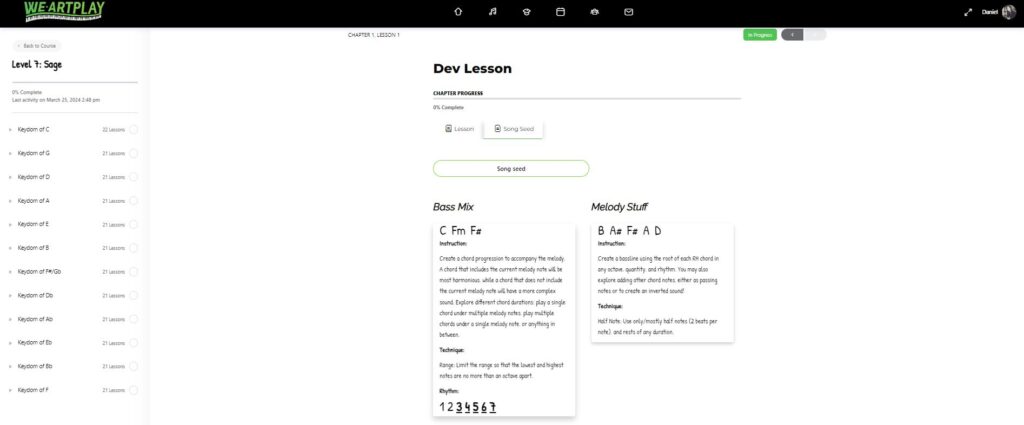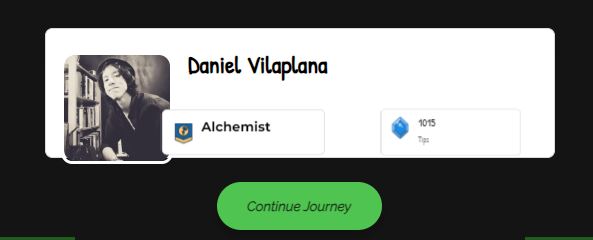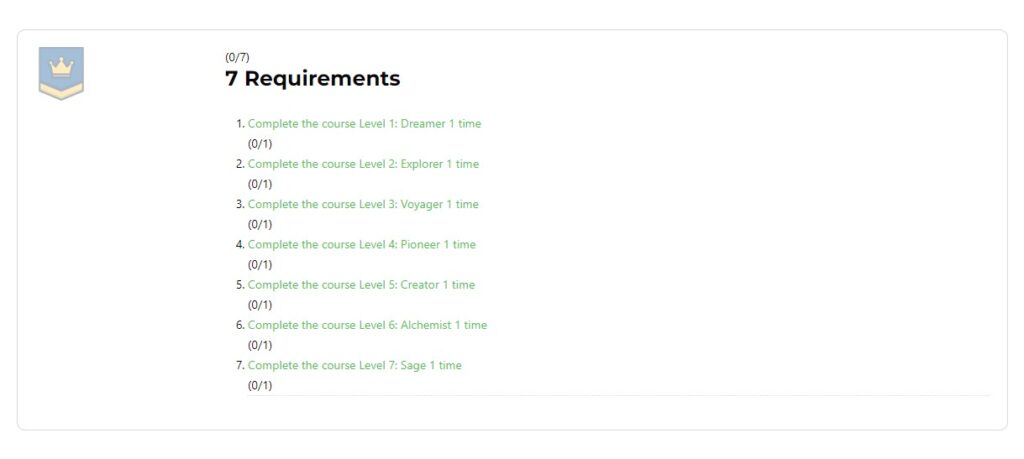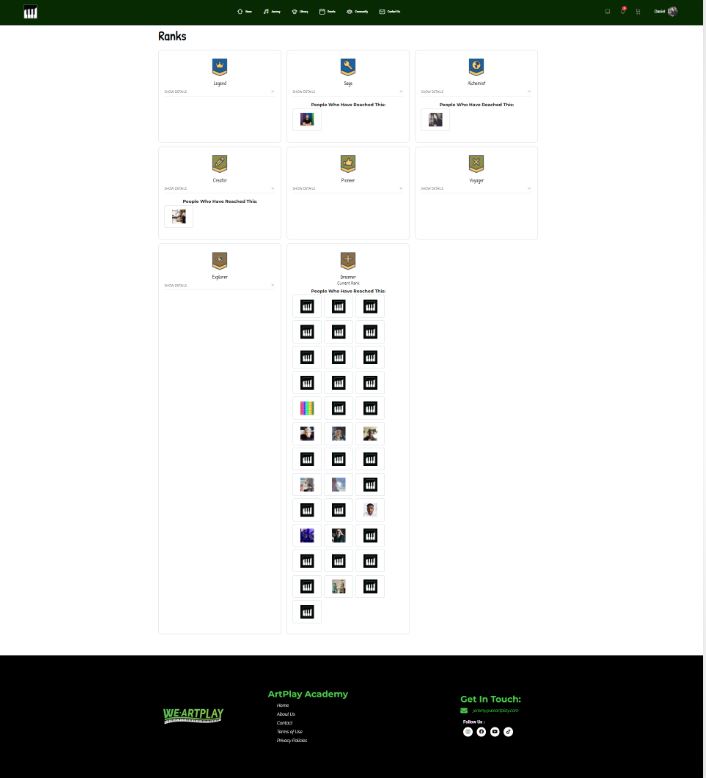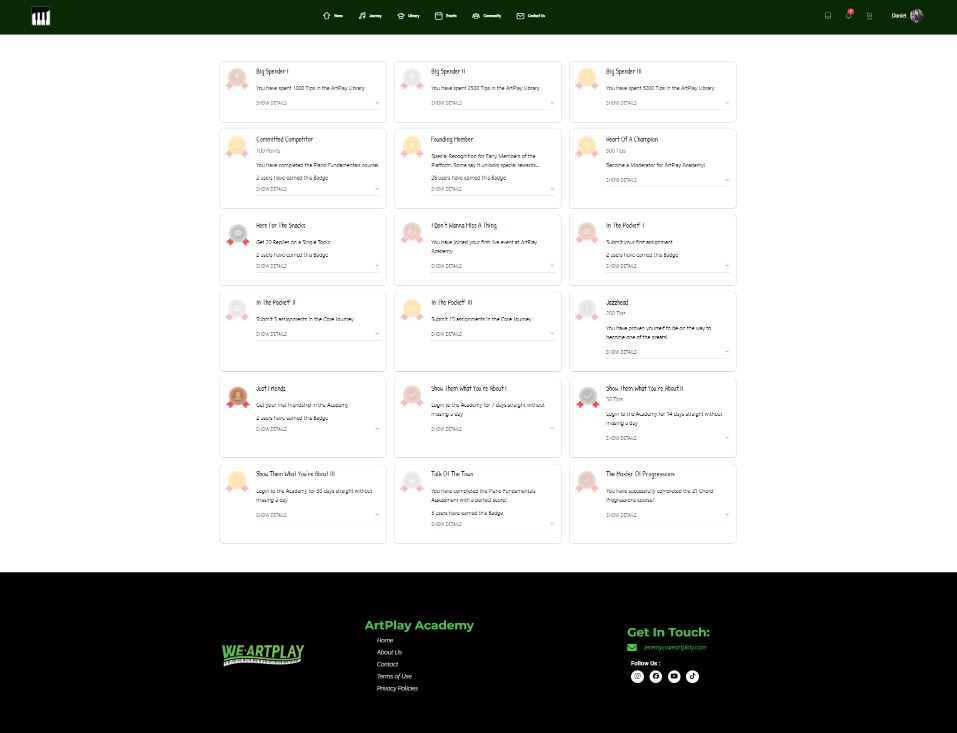ArtPlay Academy
A heavily gamified piano school with integrated ecommerce system and online community

The Future of Learning is Play...
QUICK SUMMARY
In our digital age, we need to undestand how to navigate the attention economy, we are bombarded with information and distraction from every angle.
It is more difficult than ever to keep focus on our tasks and goals, specially when we talk about education, which is a word that causes a lot of resistance and friction due to traditional educational systems that are boring, difficult and even punitive…
Learning to play the piano requires dedication and patience, but it does not have to be a boring nor an intimidating task.
Here enters the magic of playful environments!
OBJECTIVES:
- Redesign the core offer of the piano school with +500 students to make an interactive gamified platform with integrated ecommerce and online community.
- Lead custom coded projects made to facilitate the learning experience and creative expresions of the students.
- We are each born with a unique musical voice, the platform aims to boost our creative capabilities with the power of games, stories and peer-to-peer networking.
CHALLENGE:
- I lead a team of 4 throughout the whole project from conceptualization, ideation, development and currently running the beta testing program (Launched on May 15th to the public)
- The Objective was to implement a Duolingo-style gamification system that encompasses both the product design and marketing of the rebranding.
Creating transformative learning experiences that empower anyone to create their own music
Through online journeys and in-person events, we seek to evolve music education from reproducing others’ music to expanding human creativity.
Role:
In this project I lead the whole product design process, guiding the founder and collaborators and built a small team with an Instructional Designer and a Software Developer.
The Key areas I directly worked on:
• UX Research
• Conceptualization and UX Strategy
• Interaction Design
• Gamification Design Systems
• Web Development
• Product Management
• Copywriting
• Email Marketing
Methods:
The project covers diverse areas of User Experience design
My Design process consisted of the following methods:
• The Octalysis Framework
• The Hooked Model
• The Self-Determination Theory
• The Heros Journey
• The Player Types Framework
• Inbound Marketing Methodology
• Design Thinking
Approach:
As a musician myself with experience in the music education field and with my own music education platform I really understand how to navigate this field and the different challenges.
I had conducted:
• Competitor Analysis of different online Piano education platforms
• Analysis of Gamified solutions for ecommerce, online communities and elearning solutions
• Focus Groups, Interviews and Surveys to understand the motivations, desires and pain points of the students of the old platform to understand how to better improve the experience
• Product Design, Web Development, Usability Testing and Community Management during beta testing.
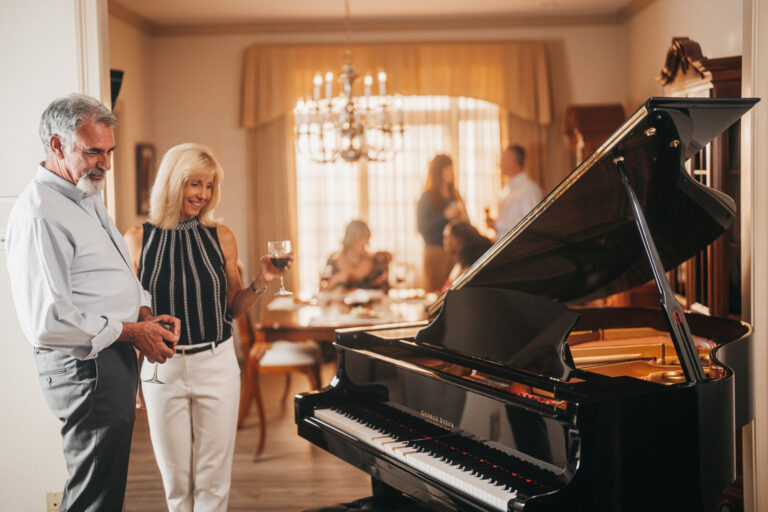
The Process to shape a meaningful customer experience:
One of the main reasons why people play games is that they follow a narrative that gives purpose to the actions to take, plus there are multiple feedback indicators telling you how you are playing, how to improve and rewards that validate your efforts.
We started by implementing a brand narrative, in which the “player” was once the greatest pianist of a distant land, until an envious wizard casted a spell that made the player forget all their memories…
Now the player must embark in a journey throughout the 12 different kingdoms (one for each musical scale) and with the help of different characters regain their musical voice to be the great pianist they once were.
Main game features:
– A main gameplay consisting of 7 levels, which is a structured lesson plan to learn how to play the piano from beginner to advanced.
– An “open world” mechanic where students can create their custom practice routines, based on instructor recommendations or completely new based on the students interests.
– Community Areas were there are possibilities of getting accountability partners, mentors, monthly challenges and peer support.
– A library of content where users can trade “Tips” which serve as the in-game currency that they earn for completing content and interacting with the community.
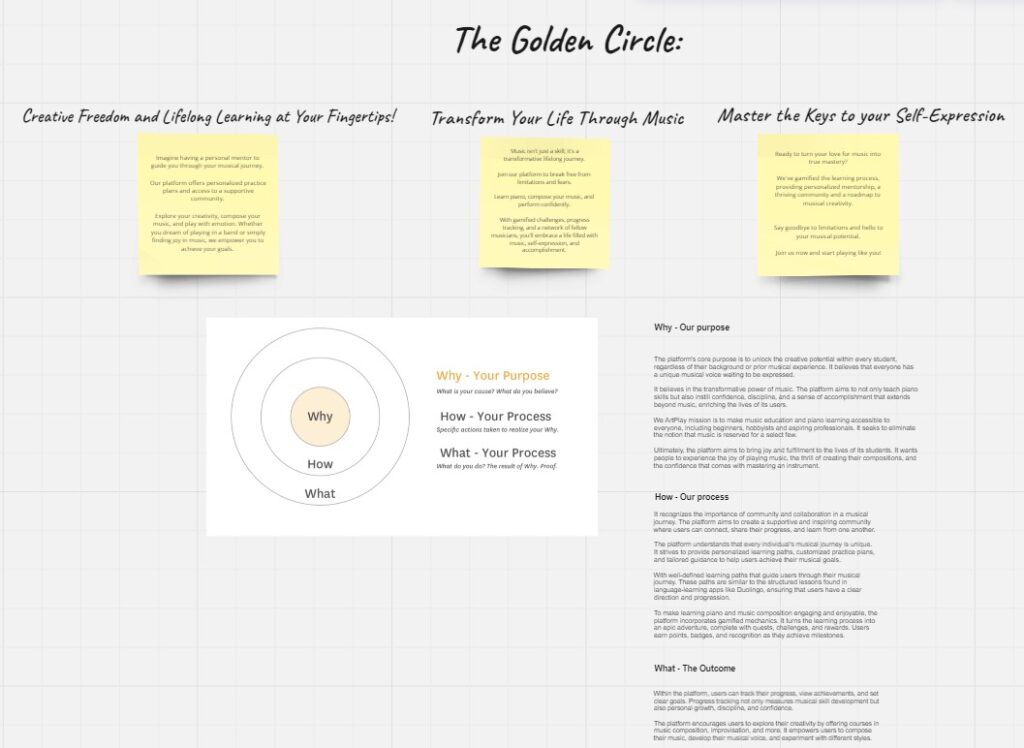
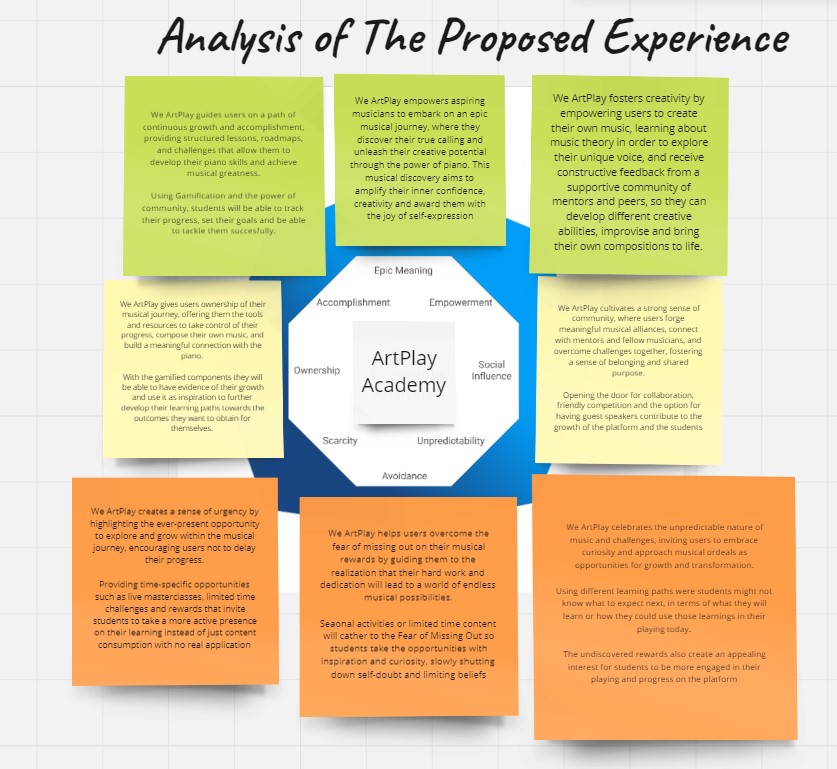

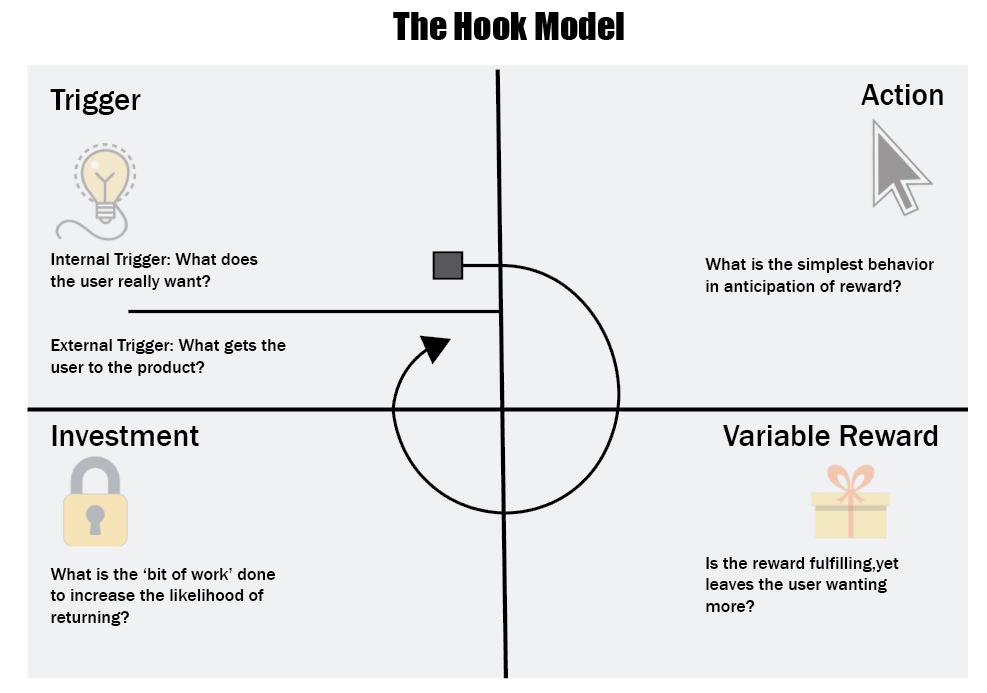
Competitor Analysis


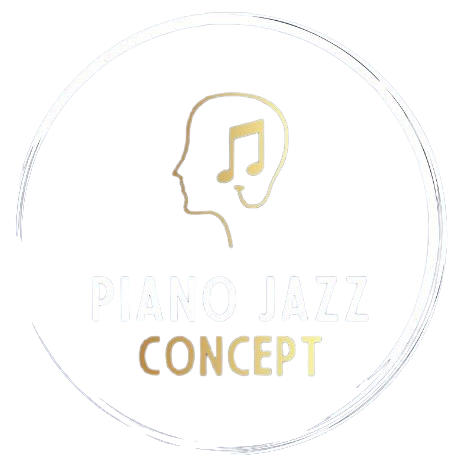
Insights From Research:
Those three business models were selected to perform the main competitor analysis.
We have seen how effective community platforms are for learning piano in diverse genres that go from pop to jazz to classical.
Something we noted is that they either follow a very strict structure with no freedom at all or they are too much of a free-form platform, with no space in between.
Also any gamification component found on the diverse platforms is too basic to be considered gamification, so we wanted to expand our offer having a storyline or mission for students, plus a game economy to reward students for their efforts and diverse activitites to spice up the learning curve and community areas.
PLAYER TYPES


INSIGHTS FROM RESEARCH
As a musician myself with over 10 years in the Music Industry both as performer and as educator I have plenty of insights for the needs and struggles of music students.
We conducted a comprehensive UX Research process to understand the desires, motivations and fears of the students of the old platform, after running a series of focus groups, user interviews and email surveys we identified the reasons why students want to learn the piano and the obstacles they face in the way.
Also we were able to ask them about different features we were adding to our roadmap and asked them for opinions and they also provided some ideas that later on went to be implemented as those were regularly asked for in those feedback sessions.
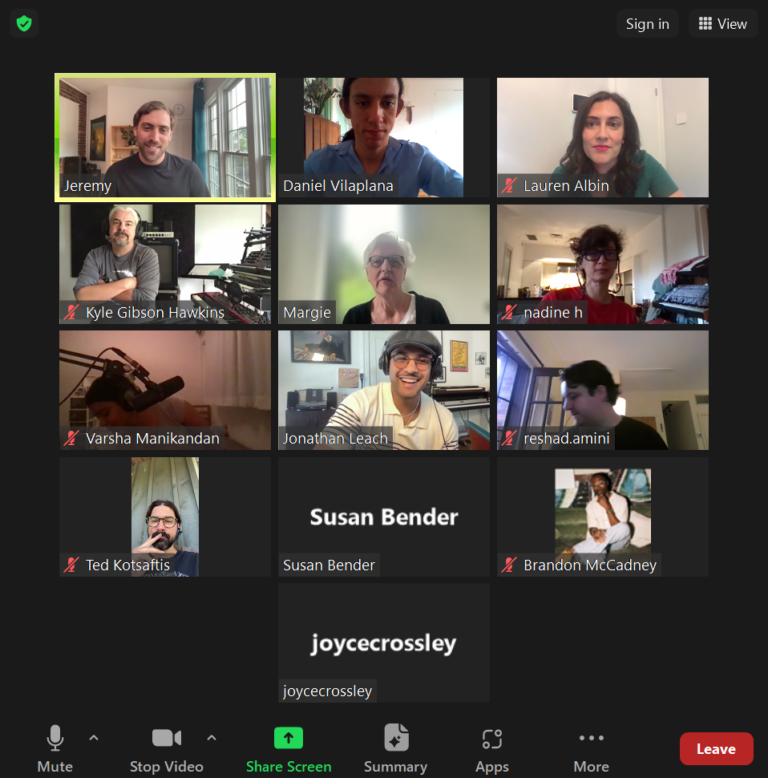
Focus groups were made with members of the existing platform to understand their motivations, goals and brainstorm different features for their ideal platform
STARTING THE DESIGN

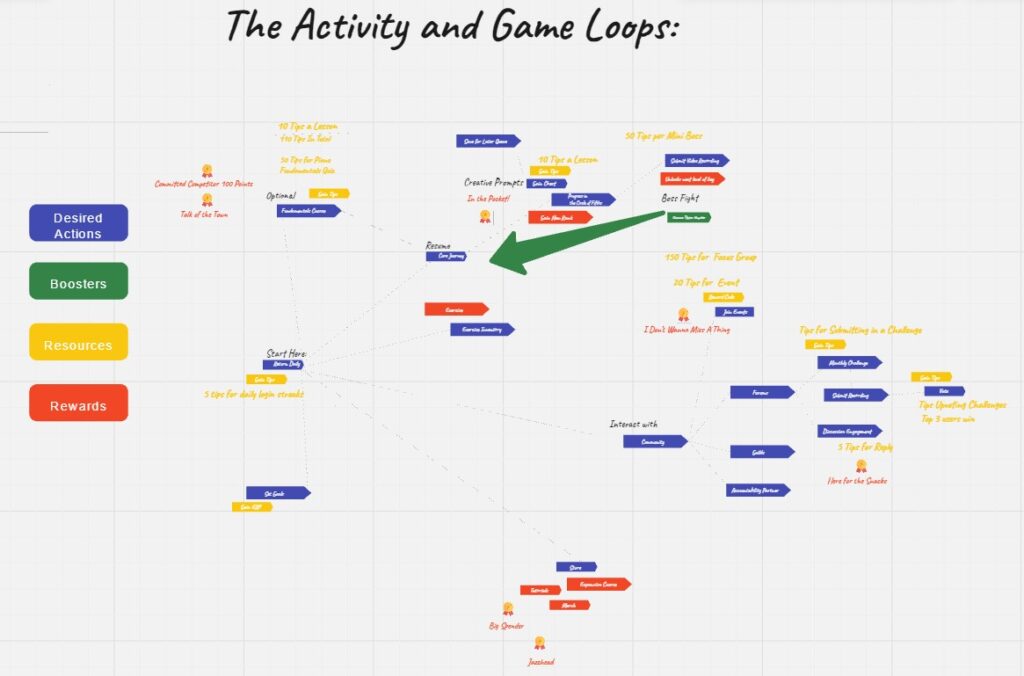
INSIGHTS FROM THE IDEATION STAGE:
We started to do different brainstorming sessions (Individual,Team based and some including the members of the inner circle of the existing community) in order to map out the 8 core drives of motivation and behavior as proposed by the Octalysis Framework, the goal was to produce as many ideas for features that could be used for the UX, the Interaction Design, Game-like mechanics. the Marketing Messaging and the Brand Identity as a whole.
We mapped out different ideation stages for each of the Four Phases of the Experience:
– Discovery
– Onboarding
– Scaffolding
– Endgame

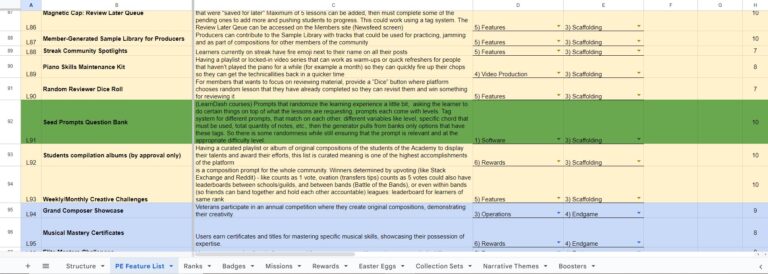

Wireframes and working Prototype (MVP)
The new website as it will be heavily gamified requires a lot of custom coded features:
– Exercise Generator with prompts (Built a database that randomizes exercises based on the topics and level the student is currently working on)
– Exercise Inventory with Review for Later Queue (Students can collect exercises and save different sections for review)
We picked up a few of those but decided to build a MVP version first in order to collect feedback and insights and validate which features would be more valuable for the community.
Home Page
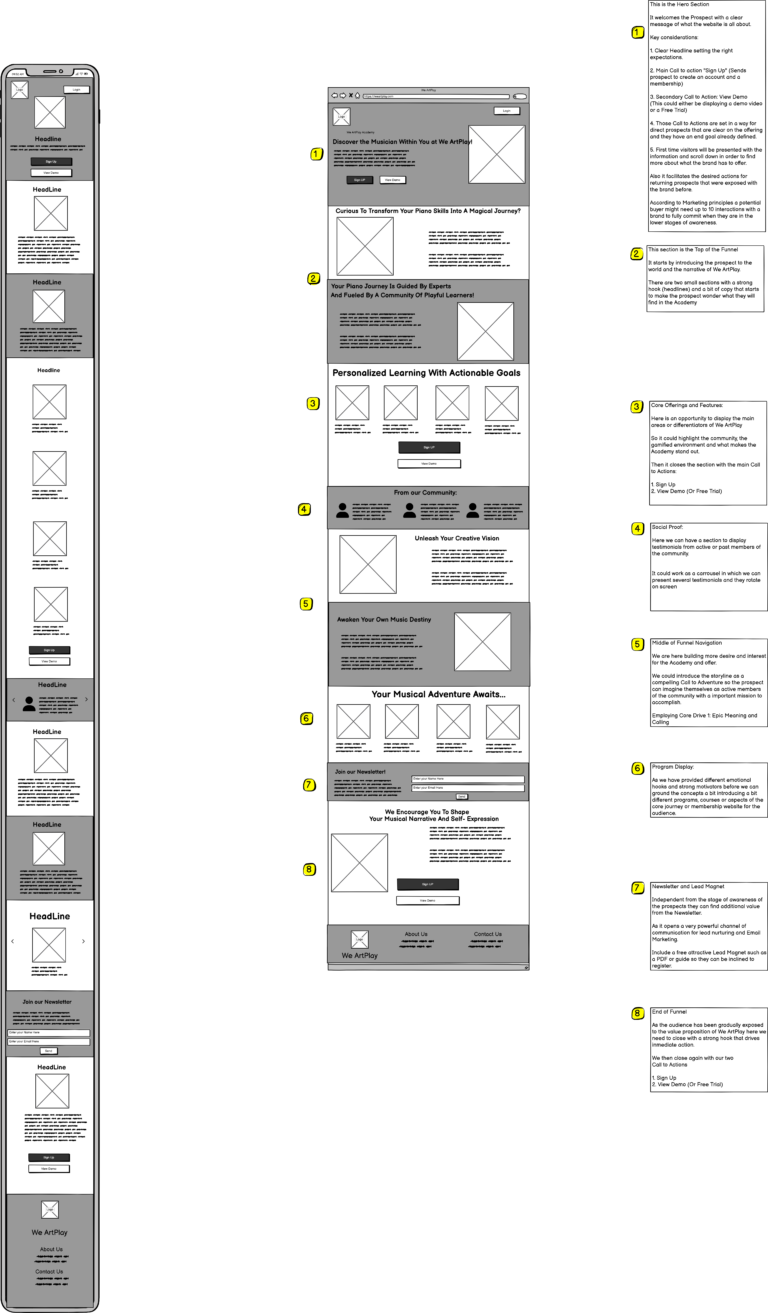
v1 layout for the home page of the mvp

Members site
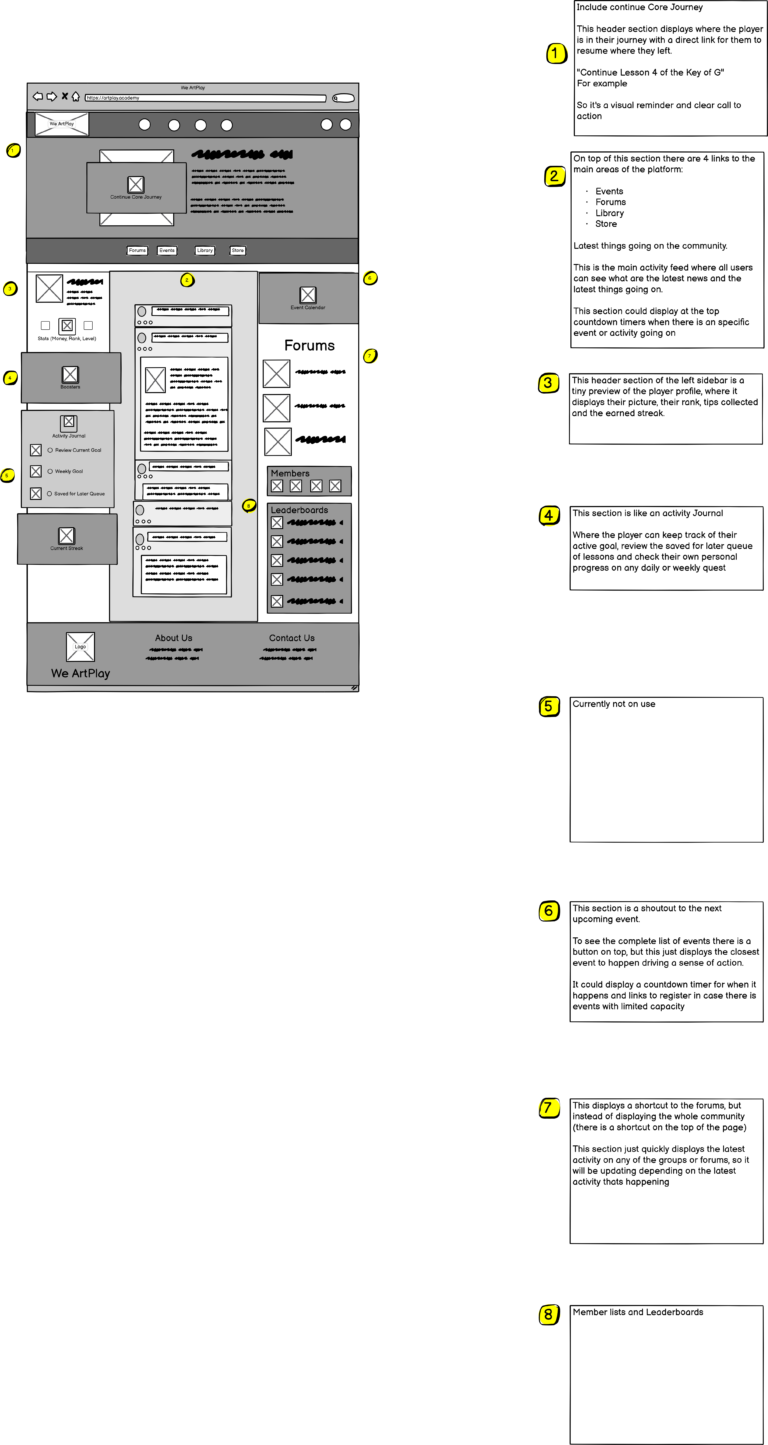
V1.1 layout of the member site of the mvp

Overview of the Library, My Tutorials and checkout experience
(CLICK to zoom)

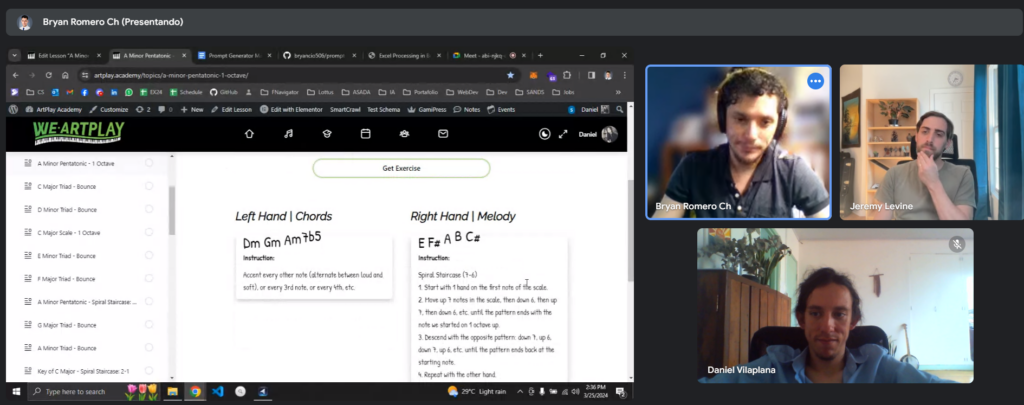
Working the exercise generator
Turning a website into a videogame
Gamification on the Interaction Design
Once the layouts were in place we started to implement the Activity and Game Loops from the Phase I of the design and started to apply the game mechanics in place.
We created a rank system — a different rank for each of the 7 levels.
Each with animations, piano sound effects and notifications.
Then we started to connect the dots regarding the challenges, badge systems and point allocation for the virtual economy design.
Multiple testing was done until the whole automation worked correctly and the game was now ready for beta testing!

examples of Game Elements in the UI
(CLICK TO ZOOM)
Usability Testing
INSIGHTS FROM USER TESTING:
We broke down the beta testing program for the MVP Launch in three different phases.
Phase I: Inner Circle Community (45 users)
The most commited members of the old platform that have been students of the platform for quite some time, after a selection process we ended up pickin 30 users for the test period.
Phase II: Previous Students of past programs (500 users)
We picked up 30 users from this segmented list of users that were students at different times of programs of the old platform and we also invited the top 10 players form the first round so they could comment on their feedback impleementation.
Phase III: Rest of the Email List members (6000 users)
The last stage which is coming next is finally opening the doors to the rest of the community which includes newsletter subscribers, some users that have previously purchased something on the old site and others new members that recentl heard about the new site.


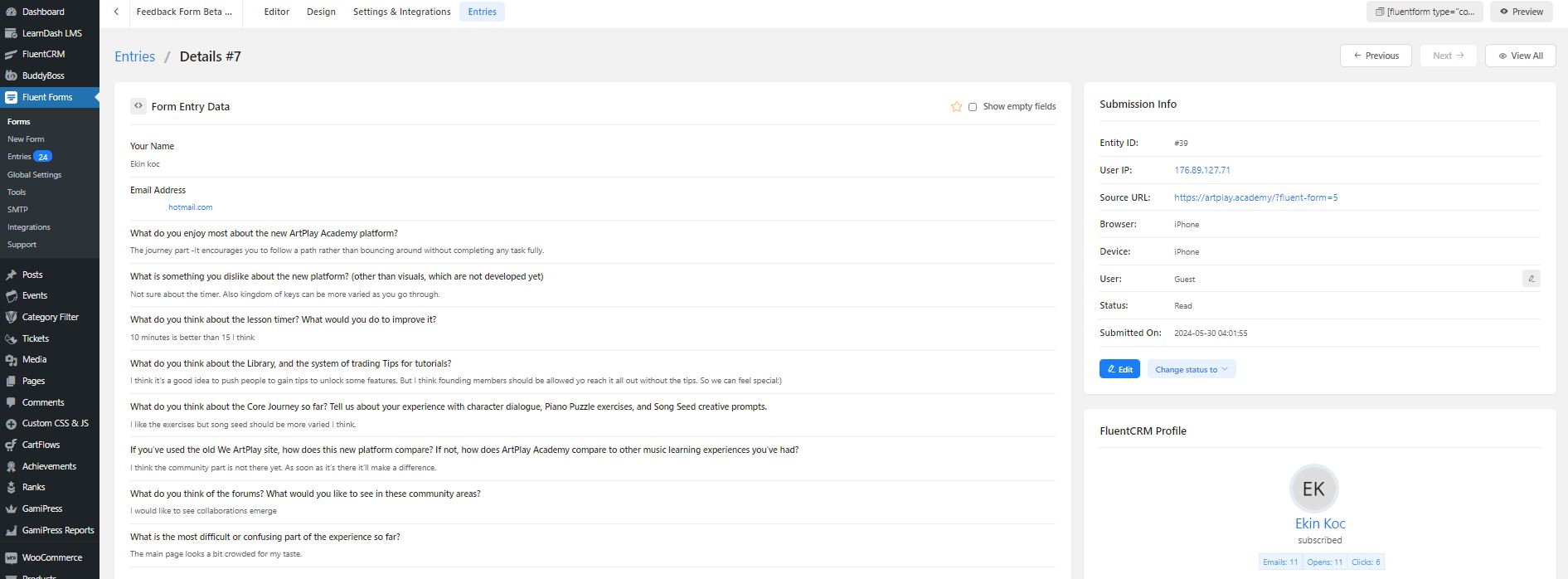
Next Steps:
The future of the project from MVP to Final Version…
The whole project has been a very enriching and challenging experience.
I have been working directly with the founder, crafting the concept of the game and storyline to a concrete an actionable UX Strategy all the way to the website development and testing phases with real users.
I started working by myself but eventually a developer and instructional designer jumped on board, there were many difficult parts of the process in which we felt completely stuck and had to be very resourceful and creative to resolve some of the technical challenges as the project is very ambitious on what it wants to achieve.
I have learned a lot about team work, leadership and Agile processes while improving my skills as a Gamification Designer, now we are about to onboard a UI specialist in order to elevate the visuals of the platform to finally launch Version 1 to the public which we will also assist with the Product Marketing.
I Will be updating the case study afterwards, overall I’m very satisfied and grateful for this big experience



